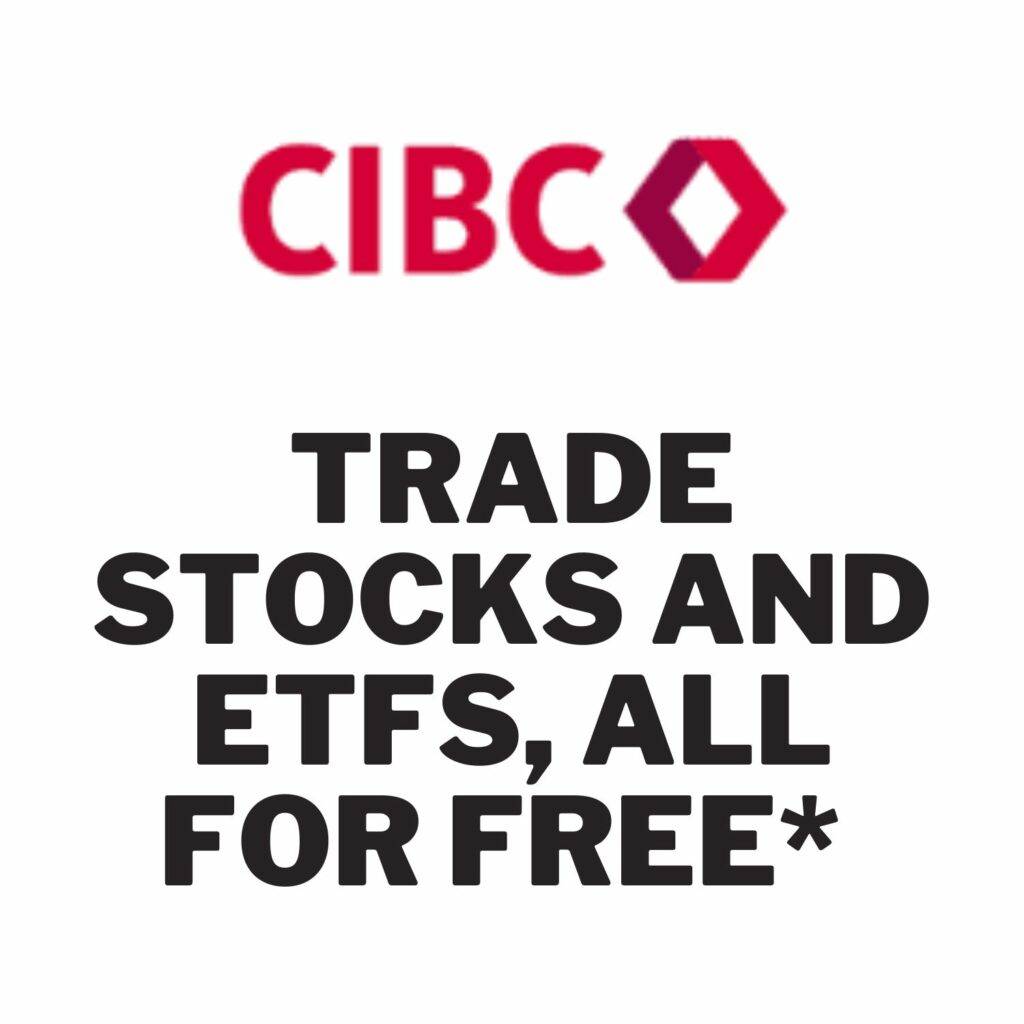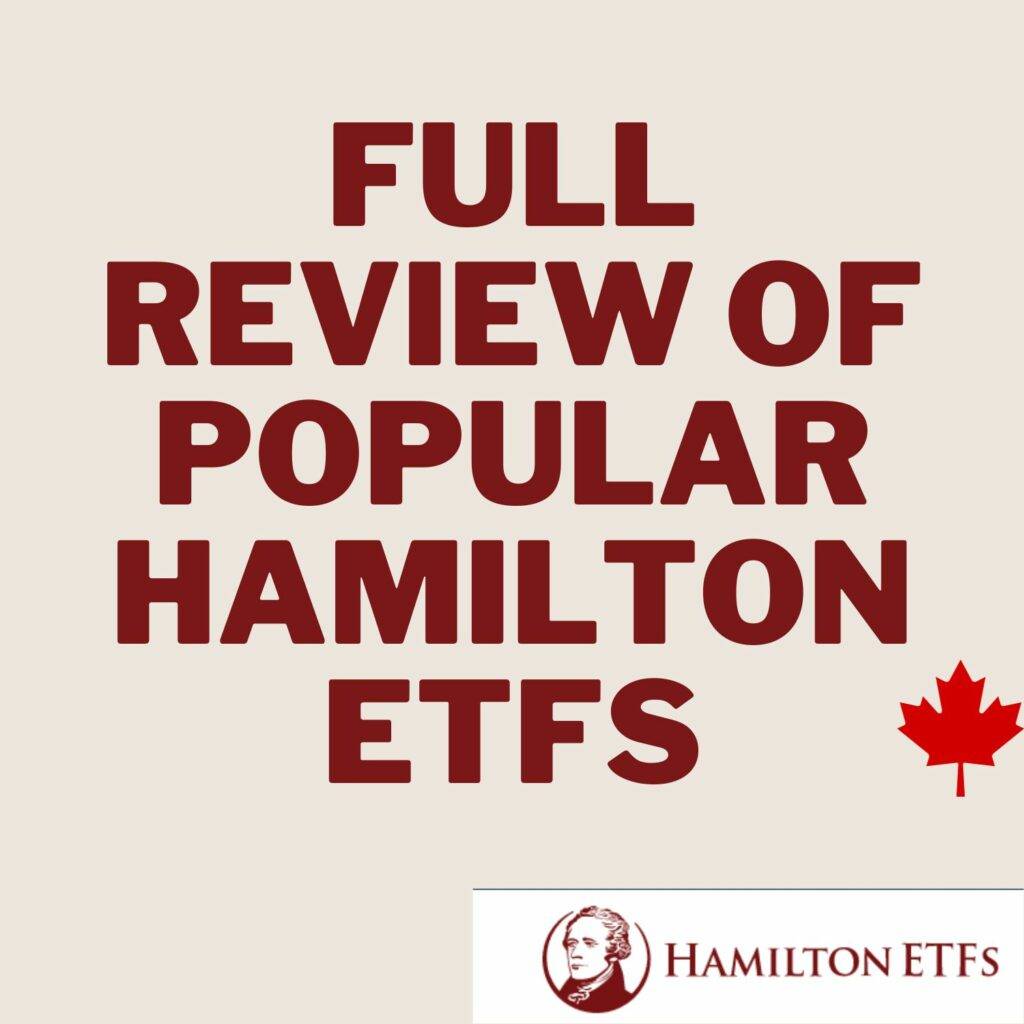Hamilton ETFs, with assets under management exceeding $2.5 billion, is recognized as one of Canada’s swiftly growing ETF providers. They specialize in a suite of exchange-traded funds (ETFs) known for their innovative approach, aiming to maximize income and growth. These funds focus on reliable sectors in both Canadian and global markets. In this post, we present Hamilton ETFs reviews for HMAX, HDIV, UMAX, HYLD and HCA.

1 HMAX: Hamilton Canadian Financials Yield Maximizer
HMAX ETF is a new fund offered by Hamilton ETF. The fund invests in the Canadian banking sector. This fund aims to provide an attractive dividend yield (target 13%) using a covered call strategy. The strategy consists of writing call options on (50% of the portfolio) to collect premiums and maximize monthly distributions.
1- HMAX writes covered call options on 50% of the portfolio
From an investor’s perspective, the initial point indicates that only half of your investment portfolio will be exposed to potential growth. This portion of the portfolio operates under a covered call strategy, where the potential for capital gains is exchanged for a monthly income derived from dividends and option premiums. These premiums are earned whenever the fund sells a call option in the market.
In summary, I view HMAX as a hybrid fund. The first 50% resembles a traditional dividend fund, offering the prospect of receiving dividends and witnessing long-term portfolio appreciation. In contrast, the remaining 50% adopts a more conservative approach, primarily focused on income generation but lacking the potential for portfolio appreciation.
2- The fund is currently writing option At The Money (ATM) whereas similar funds are writing options OTM (Out of The Money).
I encourage you to refer to the table below for a clearer understanding of the second point’s significance. As shown, the HMAX fund has chosen At The Money (ATM) call options due to their superior profitability compared to Out of The Money (OTM) options. In a nutschell, this decision is driven by two critical factors. Firstly, ATM options generate higher premiums than an OTM strategy. However, it’s important to note that this choice comes with an elevated level of risk.
In options trading, risk is closely linked to the likelihood of the option being exercised by the buyer. So, in the case of OTM options, where the strike price exceeds the current stock price, the likelihood of the option being exercised is low. Conversely, with ATM options, where the strike price is very close or identical to the stock’s current price, the possibility of the option being exercised becomes more realistic.
2 HDIV ETF review: Hamilton Enhanced Multi-Sector Covered Call
HDIV is a passive covered call ETF. It’s ideal for investors who seek high dividend income and low volatility. HDIV invests in a basket of 7 covered call & sector focus ETFs. The fund manager uses also cash leverage of 25% to enhance yield and growth potential. The index tracked is The Solactive Multi-Sector Covered Call ETFs Index TR x 1.25.
The ETFs held within HDIV invest primarly in large corporations. In addition to using the covered call strategy, the funds ensure diversification of your investments across various sectors. See below the list of the 7 ETFs that make up HDIV:
Holdings
| TICKER | NAME |
| HMAX | Hamilton Canadian Financials Yield Maximizer ETF |
| NXF | CI Energy Giants Covered Call ETF |
| GLCC | Horizons Gold Producer Equity Covered Call ETF |
| HFIN | Hamilton Enhanced Canadian Financials ETF |
| ZWU | BMO Covered Call Utilities ETF |
| HHL | Harvest Healthcare Leaders Income ETF |
| HTA | Harvest Tech Achievers Growth & Income ETF |
All the funds that make up HDIV are covered call ETFs offered by various issuers such as: Harverst, BMO, CI Financial and Horizons.
3 UMAX: Hamilton Utilities Yield Maximizer ETF (13% Target yield)
Hamilton introduced a new ETF called UMAX, which focuses on the utilities sector (UMAX was launched June 14th 2023). This ETF is designed to provide investors with attractive monthly income while offering exposure to a diversified portfolio of utility services equity securities primarily listed in Canada and the U.S. UMAX aims to reduce volatility and enhance dividend income by employing an active covered call strategy.
Unlike some other income ETFs, UMAX does not utilize leverage. However, it still aims to generate higher monthly income for investors. It offers exposure to blue-chip Canadian utilities, including pipelines, telecoms, and railways. By implementing the covered call strategy, UMAX seeks to enhance monthly income and reduce volatility. Currently, the coverage through covered calls is approximately 50%.
UMAX targets a yield of 13% or more, with monthly distributions to provide consistent income.
Investors can access UMAX, along with other Hamilton ETFs, on the Toronto Stock Exchange (TSX). These ETFs can be included in various portfolios, such as RRSP, RRIF, DPSP, RDSP, FHSA, RESP, and TFSA. Additionally, for investors interested in a Dividend Reinvestment Plan (DRIP), they can contact their individual brokerage for setup details.
4 HYLD: Hamilton Enhanced U.S. Covered Call ETF
HYLD is a passive index ETF that uses a covered call strategy to enhance yield. It seeks to replicate a 1.25 times multiple of the Solactive U.S. Covered Call ETFs Index TR (SOLUSCCT), comprised of 7 higher-yielding U.S.-focused covered call ETFs.
List of funds that make up HYLD
| TICKER | NAME |
| JEPQ | JPMorgan Nasdaq Equity Premium Income ETF |
| JEPI | JPMorgan Equity Premium Income ETF |
| QQCC | Horizons NASDAQ-100 Covered Call ETF |
| USCC | Horizons US Large Cap Equity Covered Call ETF |
| HHL | Harvest Healthcare Leaders Income ETF |
| XYLD | Global X S&P 500 Covered Call ETF |
| QYLD | Global X NASDAQ 100 Covered Call ETF |
| RYLD | Global X Russell 2000 Covered Call ETF |
| GLCC | Horizons Gold Producer Equity Covered Call ETF |
| NXF | CI Energy Giants Covered Call ETF |
The fund is available for purchase in CAD-Hedged (HYLD) and USD-Unhedged (HYLD.U). The main idea behind HYLD ETF is to offer investors a higher yielding alternative to the S&P 500 with similar volatility (as per Hamilton’s website). It’s important to note we are talking here about ‘higher yielding’ alternative and not similar or higher performance that the S&P 500.
Covered call ETF usually protect against downside risk. This being said, the covered call strategy provides limited downside protection. Also, when you write a covered call, you give up some of the stock’s potential gains. Covered call ETFs will tend to have a higher yield and a lower performance that the portfolio they track.
5 HCA Stock – Hamilton Canadian Bank Mean Reversion
HCA is strategically designed to closely replicate the returns of the Solactive Canadian Bank Mean Reversion Index TR. This index implements a mean reversion trading strategy, a financial theory that suggests asset prices eventually move back to their historical average or mean over time.
In the context of the Canadian banking sector, the mean reversion strategy applied to the “Big Six” banks involves adjusting the weights of individual bank stocks based on their relative performance. Quarterly rebalancing is conducted to realign the portfolio with the mean reversion principle, ensuring that the weights are adjusted to capitalize on potential opportunities created by deviations from historical averages.
This mean reversion approach aims to capitalize on the tendency of asset prices, in this case, the stocks of Canada’s major banks, to revert to their historical mean after periods of divergence. The Solactive Canadian Bank Mean Reversion Index TR has demonstrated historical outperformance when compared to an equal-weight portfolio of Canada’s banks, showcasing the effectiveness of the mean reversion strategy in this specific market context.
Summary table Risk vs Benefits of a covered call strategy
| Aspect | Description |
| Strategy | Selling call options on a security already owned in the portfolio |
| Name | Covered call strategy |
| Risk | Potential for limited upside if the stock price rises above the strike price |
| Benefit | Generates additional income through premium payments received from selling call options |
| Goal | To earn income from stock holdings while potentially reducing downside risk |
| Use | Often used by investors who are willing to sell their stock at a certain price if it reaches that level |
| Outcome | If the stock price stays below the strike price, the option expires worthless, and the investor keeps the premium payment. If the stock price rises above the strike price, the option buyer may exercise their right to buy the stock, and the investor must sell the stock at the strike price, but still keeps the premium payment. |

